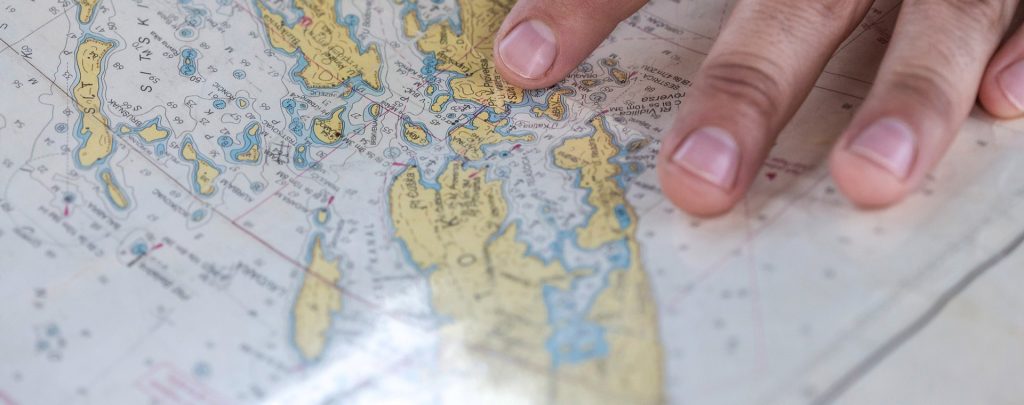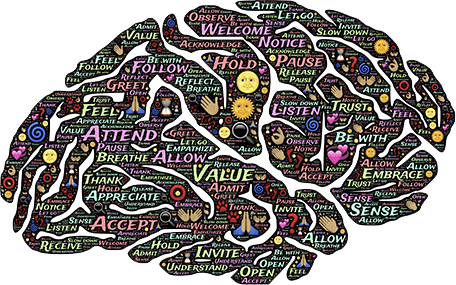
Leading With ‘Gazing Maps’
The Gazing Methodology
A programme combining a senior team workshop and executive coaching, focused on the leadership skills of executing the established vision and organisational strategy. It aids in developing leadership capability to create the environment needed to utilise pressure, engage and develop people, and sustain high performance.
On training courses, delegates usually get trained in one of two ways: either the trainer leads the delegates through thick manuals or the delegates listen while the trainer lectures. At Gazing Performance, we think both of these approaches are fatally flawed, so we have deliberately chosen a different method of training.
Essentially, we teach everyone how to read a ‘map’ of the performance domain or skill in question – a simple 1-page diagram either in the field of business, sport or education. Then, as familiarity with the map increases, we help delegates to practice applying it to situations which resemble how they will use it in real life. The map, therefore, is the central tool which provides the foundation for effective skill development.
Why have we placed this emphasis on learning maps, as opposed to working through manuals or listening to gurus? Because history has shown us that maps are one of the most effective forms of communication ever developed. Far from being a training company gimmick, maps provide an elegant solution to the major problem of ineffective training. Maps can do this because they have special properties which make them the ideal format to transfer information to delegates in a way that they can apply it in the real world, transforming knowledge into skills.
Delegates have given us invaluable suggestions about pathways not originally on the maps. In the end, each map represents several years of research, development, and testing summarised graphically on one page.
We have spent years looking at each skill or performance domain we train very closely, to try to make sure we have got all of the important and relevant components on each map. The maps have been ‘tested out’ in numerous courses so that they have undergone multiple revisions, improving their accuracy.
Gazing Maps
Maps are comprised of components and connections.
We break each skill or task down into its component parts or ‘locations’. Our maps contain a graphic representation of these ‘locations’, and show the routes or pathways for moving between these locations.
This simple description belies the process of developing accurate maps. Effective movement is often prevented in a certain area if there is no clear description of that territory.
Maps only work if they are reasonably accurate and comprehensive – a map showing only parts of the territory is of limited usefulness.
Mindset

Having the right mindset is a prerequisite for every successful sales person. Highlighting specific areas to focus on encourages them to improve; every topic from this list has scope for improvements.
- Focused
- Calm & Collected
- Positive
- Dependable
- Target-driven
- Mature
- Observant
- Relaxed
- Confident
Skillset

Skillset is limited only by the desire to learn. Delegates benefit from guidance and direct coaching in several areas of this non-exhaustive list which encourages small adjustments to behaviour and outlook.
- Questioning & Listening
- Objection handling
- Telephone skills
- Rapport
- Body language & Personality types
- Focus on benefits
- ‘Buyer’s Journey’
- Knowing when to close
- Empathy & tact
Structure

Understanding that the buyer’s DNA follows a certain process is vital in today’s battle for attention. Deviation from structure by ‘pushing’ at inappropriate times rarely wins complex sales.
- Call planning
- Preparation
- Objectives
- Rapport
- Question time
- Listening time
- Selling benefits
- Solutions when appropriate
- Gaining commitment
